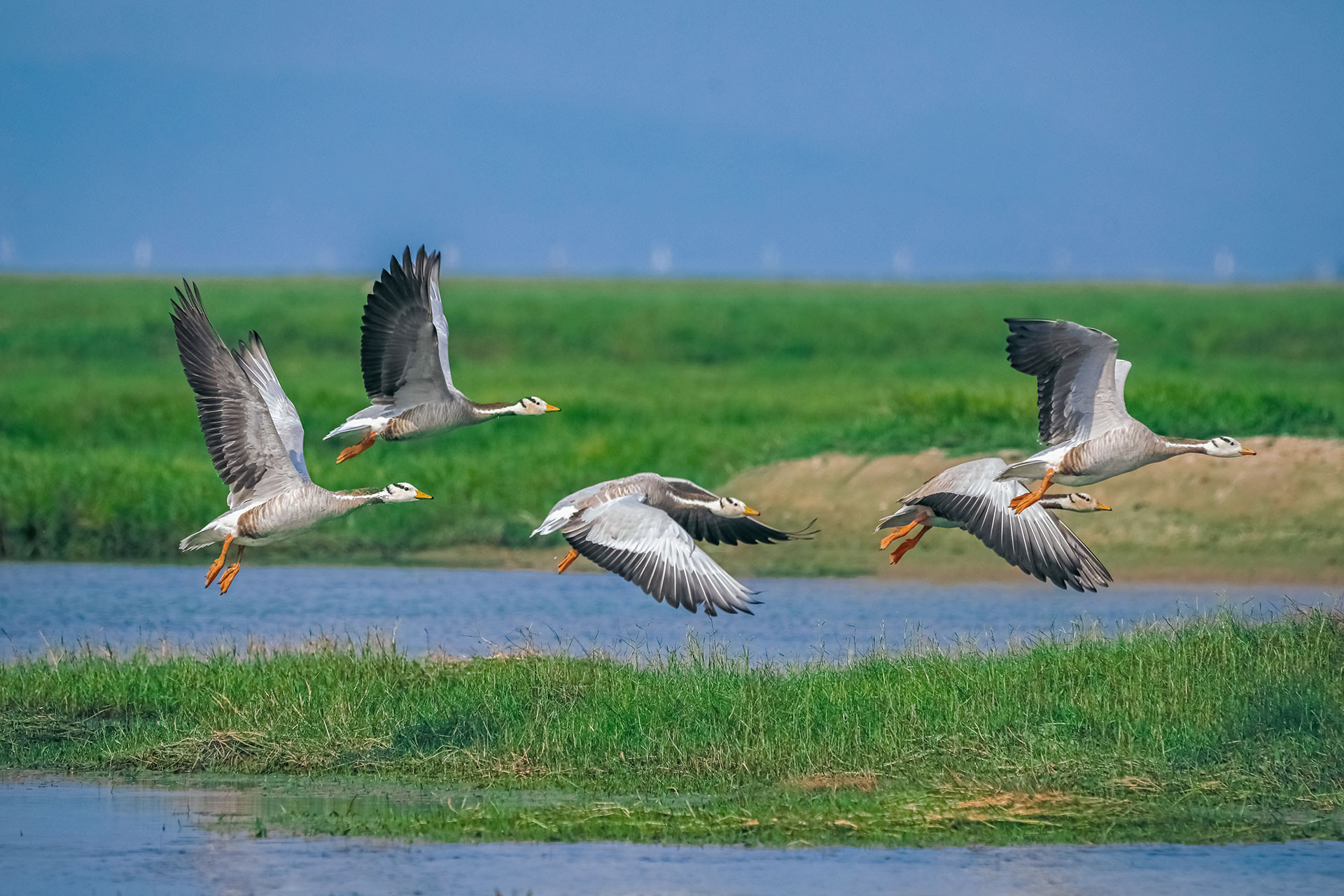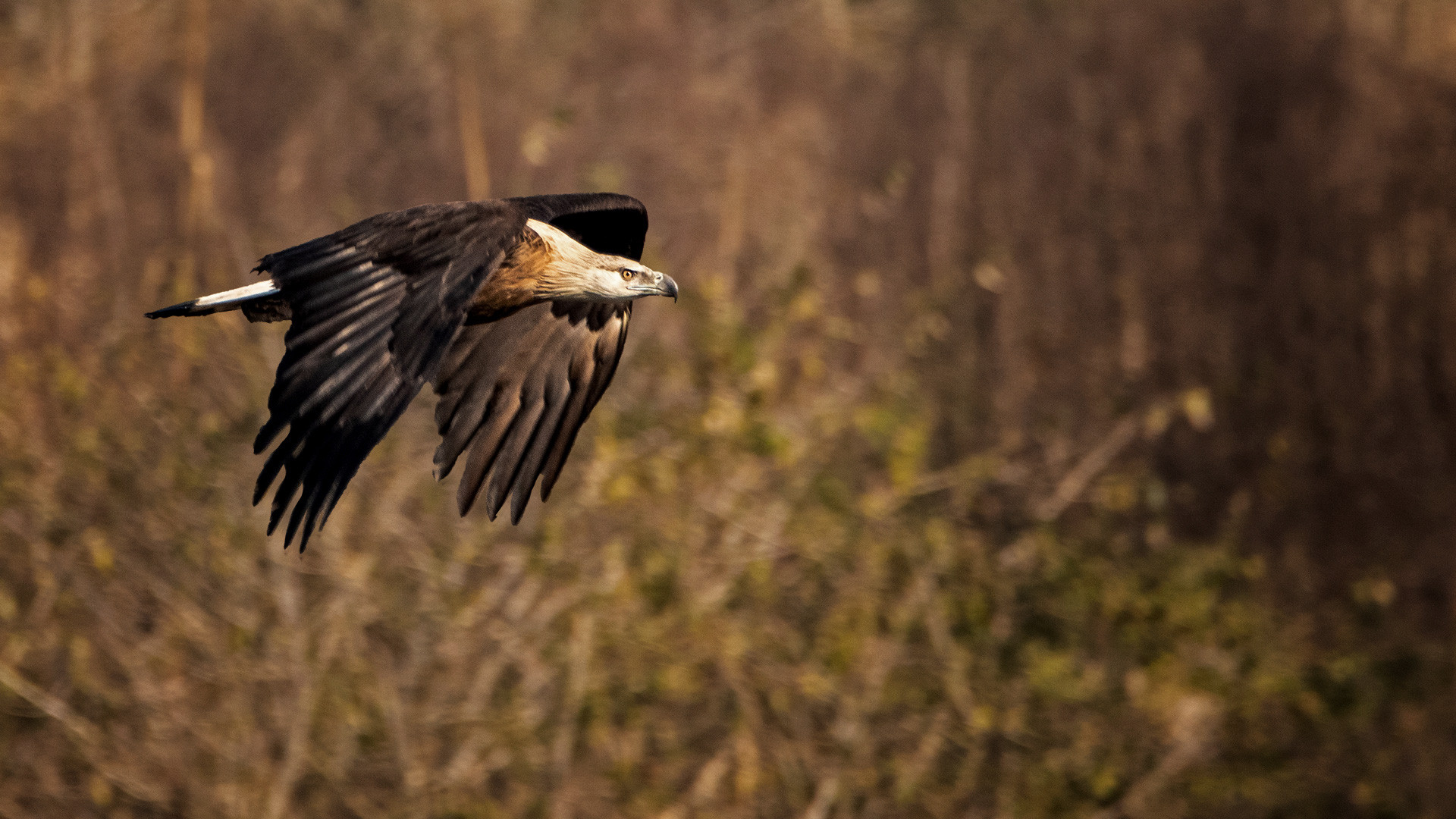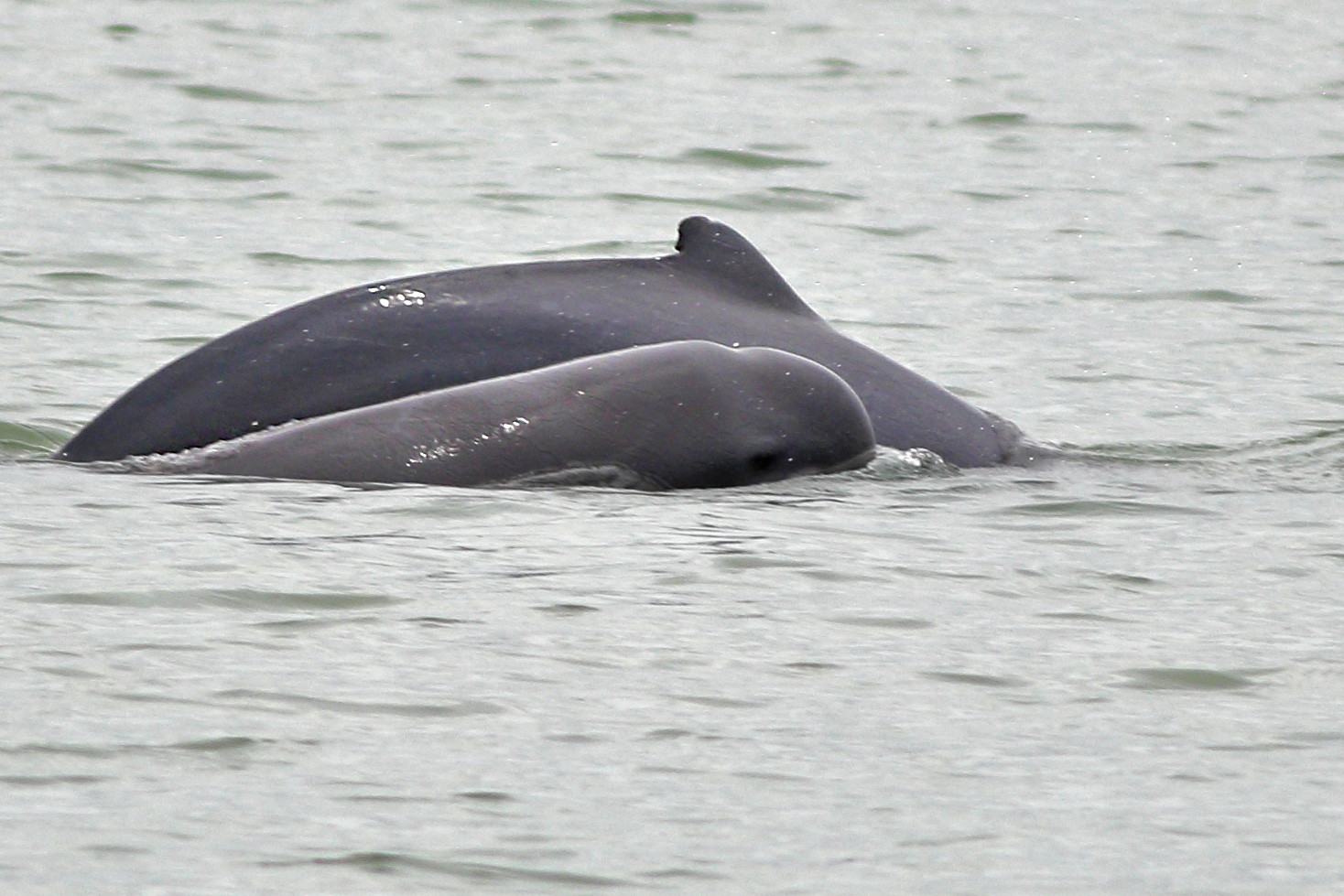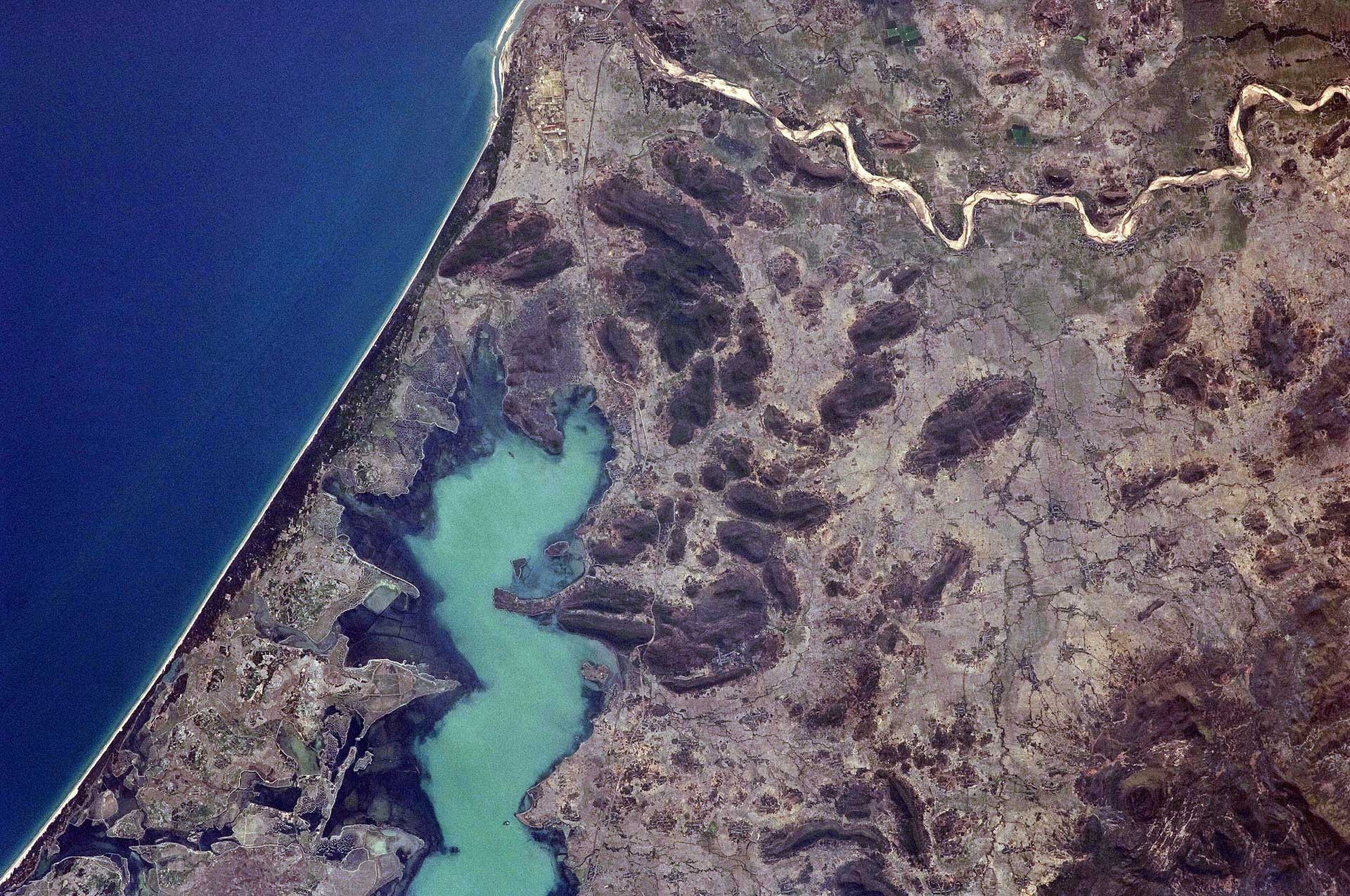A wintering ground for more than 150 species of birds, and one of the last homes of the Irrawaddy Dolphin, Chilika wetland is a brackish water lake and shallow lagoon that forms an estuary with the Bay of Bengal. Chilika is fed by the Daya, Bhargavi and Nuna rivers from the north and the Rushikulya river from the south. It forms a part of the Mahanadi Delta and is connected to the sea by the 32km-long Palur canal. The different habitats (freshwater, deltaic, and saline) give a unique character to Chilika, making it one of the most important ecotone (fresh water-marine water) habitats in the world. It appears like a pear from space and spreads across 1165sq.km. in the monsoon season, which shrinks to 900sq.km in the summer. Chilika is home to numerous islands, the prominent ones being Nalaban and Somolo. The Nalaban Island forms the core of the lake and is notified as a bird sanctuary under the Wildlife (Protection) Act, 1972. During the monsoon season, the island becomes submerged in water as a part of its annual cycle, which is essential for nutrient uptake by soil, upon which various grass species like Cynodon dactylon and Phragmites sp. grow.
The large lake attracts millions of migratory birds every year. Once winter arrives, so do the birds, dotting the landscape and helping the onlookers distinguish the vast lake from the ocean that stretches beyond the horizon. Gaggles of Bar-headed Geese (Anser indicus) resting on the mudflats, Greater Flamingos (Phoenicopterus roseus) lined up in parade formations with their heads underwater in search of algae and crustaceans, and proud Ruddy Shelducks (Tadorna ferruginea) preening their feathers in the sun after a dive. While the Irrawaddy Dolphin (Orcaella brevirostris) teases observers with its play of hide-and-seek, the Pallas’s Fish-Eagle (Haliaeetus leucoryphus) dives for a kill, dispersing large flocks of different bird species, creating absolute pandemonium.
Apart from numerous species of birds, Chilika also harbours a diverse population (>200 species) of rare and commercially important fish like Khainga (Mugil cephalus), Dangala (Liza macrolepis) and Shahala (Elutheranema tatradactylum). A small population of Indo-Pacific Bottlenose Dolphins (Tursiops aduncus) also migrate into the lagoon. As the sun sets, carnivores like the Fishing Cat (Prionailurus viverrinus) prowl the banks of the lake, picking off unsuspecting fish with ease. Not just wild denizens, the rich fishing grounds of Chilika sustain the livelihoods of more than 0.2 million fisherfolk who live in and around the lake.
You may also like to read
Owing to its unique habitat and immense biological diversity that consists of various threatened and endangered species, Chilika was added to the Ramsar list of wetlands of international importance in 1981. Chilika is also among one of the tentative UNESCO World Heritage sites from India.
The combination of factors that make this wetland so unique also brings manifold challenges. Deforestation along the feeder-rivers causes erosion, leading to high siltation that consequently causes shrinkage in the size of the lake as well as a decrease in the average depth of water (2.4m to less than 1.5m). Siltation further clogs the outlet and shifts the mouth of the lake that connects it to the sea.
By 1993, 12 years after being declared a Ramsar site, Chilika Lake was put under the 'Montreux Record' (a list of Ramsar sites under threat) since it was undergoing significant changes to its ecological character due to human action. Based on the recommendations of the Central Water and Power Research Station, Pune, and National Institute of Oceanography, Goa, efforts for restoration and overall development of the lake was spearheaded by the Chilika Development Authority (CDA) in 1992. A new mouth was opened in 2000 through the Barrier beach to restore the natural flows of water and salinity levels. This helped restore the balance between fresh water and saline water, which is crucial for the species of different taxa that inhabit the lake. Chilika was removed from the Montreux Record in 2003. This is considered to be one of the boldest actions in the history of Indian conservation.
However, the lake still faces persistent threats. Due to climate change, the frequency and severity of cyclones have increased. This poses a threat to the survival of biodiversity and also the communities living along the bank of the lake. In 2019, Cyclone Fani opened up four new mouths in the lake, potentially affecting the hydrological regime of the wetland. The water disputes between Orissa and Chhattisgarh arising out of building dams upstream of Mahanadi is directly affecting the freshwater flow in the lake. The proliferation of invasive species of plants and fishes is another pressing threat to the lake's native biodiversity.
Fishing communities that have been dependent on the lake for centuries are now being displaced by non-fishing communities with commercial interests. They have dug prawn hatcheries and use exploitative techniques, increasing the pressures of fishing in the lake.
Despite all this, according to the 2021 avian census, 1.21 million birds were reported to be present in the lake. Official data shows that the number of dolphins has also increased compared to the previous year—166 Irrawaddy Dolphins and 22 Indo-Pacific Bottlenose Dolphins were sighted in the 2021 census. The population estimation of the endangered Fishing Cat also commenced in March 2021.
Wetlands across the globe are under threat due to increasing anthropogenic pressure. During times like these, Chilika Lake is an example that inspires hope and upholds the principles of "wise use". But its future rests in maintaining the fragile balance on which it sustains itself—the delicate balance between the ingress of marine and freshwater, the composition of different taxa (native and invasive), the state politics over water inter se, and the sustainable practises of local communities.












